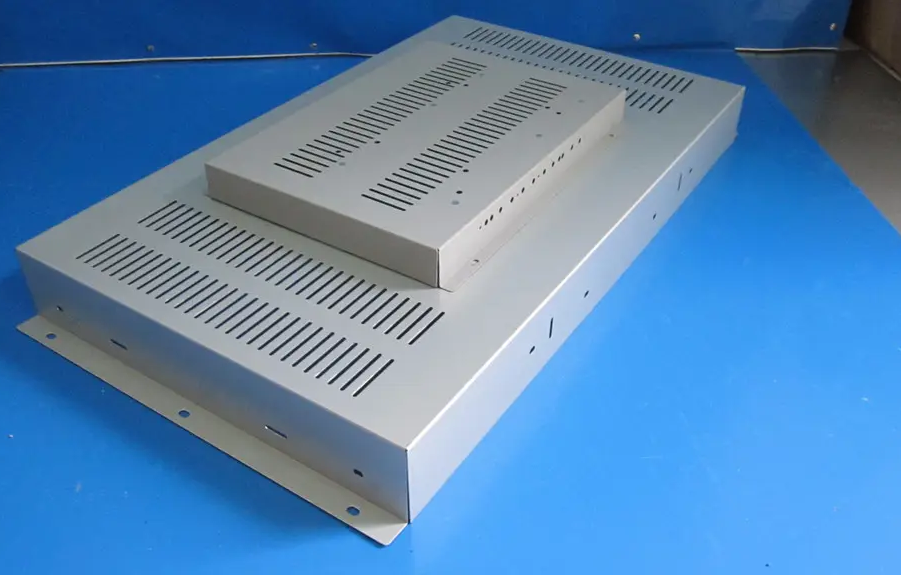A sheet metal prototype is a prototype that is made from a sheet metal material. This type of prototype is typically used in the manufacturing and engineering industries to create a functional model or prototype of a product. Sheet metal prototypes are made by cutting, folding and welding sheets of metal to create a specific design. They are used to test and refine the design of a product before it is put into production. Sheet metal prototypes can be made from a variety of metals, including steel, aluminum, titanium and brass. They are used in a wide range of applications, including aerospace, automotive, electronic, medical and military industries.
The process of creating a sheet metal prototype typically involves the following steps:
Design: The first step is to create a design for the part using computer-aided design (CAD) software. This is where the geometry of the part is defined, including its dimensions, features, and tolerances.
Material selection: The next step is to select the appropriate sheet metal material for the part. This typically involves considering factors such as strength, formability, and cost.
Cutting: The sheet metal material is then cut to the required size and shape using methods such as shearing, laser cutting, or waterjet cutting.
Bending: The next step is to bend the sheet metal into the desired shape using a press brake or other bending equipment.
Forming: If any additional forming operations are required, such as deep drawing or spinning, these are performed at this stage.
Welding: If the part requires welding, the sheet metal components are joined together using various welding techniques such as spot welding or TIG welding.
Finishing: The final step is to finish the part by removing any sharp edges, smoothing out any rough surfaces, and applying any necessary coatings or finishes.
Throughout the process, quality control measures are used to ensure that the part meets the required specifications and that any deviations are identified and corrected as needed.
Sheet Metal Prototype Advantages
Cost-effective: Sheet metal prototypes are relatively affordable to produce compared to other types of prototypes.
Quick turnaround time: Sheet metal prototypes can be produced quickly using computer-aided design (CAD) software and computer numerical control (CNC) machines.
High strength: Sheet metal prototypes have high tensile strength, and can withstand significant stress and strain.
Durability: Sheet metal prototypes are highly durable and can tolerate heavy use and wear over time.
Versatility: Sheet metal prototypes can be used to produce different types of components and shapes, including complex and intricate designs.
Customizability: Sheet metal prototypes can be easily customized to meet specific design requirements.
Lightweight: Sheet metal prototypes are relatively lightweight, making them easy to handle and transport.
Low maintenance: Sheet metal prototypes require minimal maintenance and are easy to clean and repair if necessary.
Search terms of this article:
sheet metal fabrication

